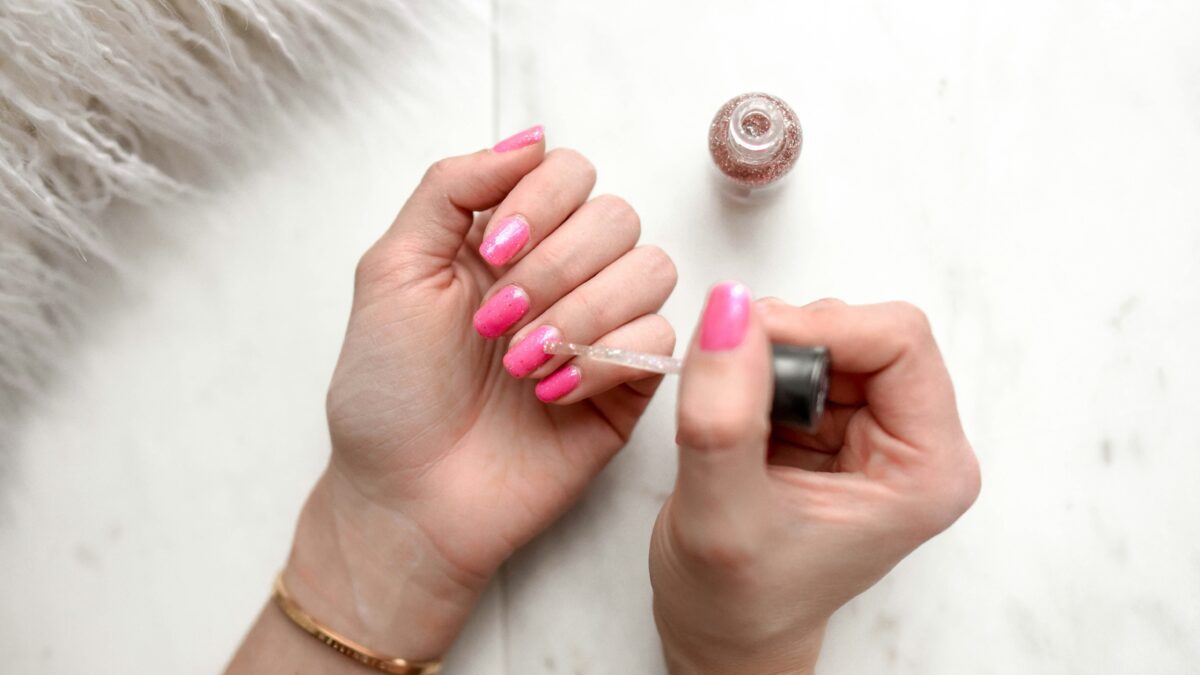Introduction to the concept of beauty standards and their impact on society
Beauty standards have always held a mirror to society, reflecting its values, aspirations, and sometimes even its contradictions. From the roaring twenties to the minimalist vibes of today, what we find beautiful changes with each passing decade. These ideals not only shape individual perceptions but also influence fashion trends, media representation, and self-esteem in profound ways.
As we embark on this journey through time, we’ll explore how beauty standards have evolved. Each era brings with it a unique story and cultural backdrop that reshapes our understanding of attractiveness. So let’s dive into the vibrant tapestry of beauty across the decades and see just how much has changed—and perhaps what has remained strikingly similar.
Beauty standards in the 1920s: The Flapper Girl Era
The 1920s marked a significant shift in beauty standards, ushering in the era of the Flapper Girl. This was a time of liberation and rebellion against traditional norms. Women sought to express their newfound freedom through fashion and style.
Flappers embraced boyish silhouettes that challenged previous ideals. The iconic dropped waist dresses accentuated a more athletic form, moving away from curves. Short bobbed hair became all the rage, symbolizing independence.
Makeup also underwent transformation during this decade. Dark eyeliner, bold lips, and cheeky blush defined the look of the modern woman. It was daring—a statement of confidence and self-expression.
Social changes played a crucial role too. The suffragette movement had empowered women to claim their space in society confidently. Beauty became less about pleasing others and more about individuality and fun—an exhilarating departure from past constraints.
Evolution of beauty standards in the 1950s and 1960s: The Hourglass Figure and Glamourous Makeup
The 1950s and 1960s marked a significant shift in beauty ideals. The hourglass figure became the ultimate symbol of femininity. Curves were celebrated, with an emphasis on a tiny waist balanced by fuller hips and busts.
Icons like Marilyn Monroe embodied this trend, showcasing confidence paired with sensuality. Women strived to achieve this look through corsetry and fashion choices that accentuated their silhouettes.
Makeup took center stage during these decades as well. Bold red lips and defined eyes created glamour that was hard to ignore. Cosmetics brands flourished, promoting products designed to enhance natural beauty while embracing an aspirational lifestyle.
Celebrities influenced everyday women, who used makeup not just for enhancement but as a form of self-expression. Beauty salons became social hubs where women gathered to discuss the latest trends in hair and cosmetics, further solidifying the era’s love for all things glamorous.
The rise of natural beauty in the 1970s and 1980s: Embracing Individuality
The 1970s and 1980s marked a significant shift in beauty standards. Natural beauty took center stage, celebrating authenticity over artificiality.
During this era, the counterculture movement encouraged self-expression. Makeup became less about conformity and more about embracing individuality. Women began to showcase their unique features rather than mask them.
The natural look included minimal makeup, sun-kissed skin, and free-flowing hair. It resonated with the ideals of freedom and self-love that defined the time.
Celebrities like Jane Fonda and Farrah Fawcett embodied this trend, showcasing effortless beauty on screens everywhere. Their influence inspired countless individuals to embrace who they truly were.
This was not just a cosmetic change; it reflected broader societal shifts towards feminism and personal empowerment. People sought authenticity in every aspect of life, including their appearance, leading to an exciting new chapter in beauty history.
Thin is in: The supermodel era of the 1990s and
The 1990s ushered in a new wave of beauty standards dominated by the supermodel phenomenon. Icons like Naomi Campbell, Kate Moss, and Cindy Crawford became household names. Their influence extended far beyond runways; they graced magazine covers and commercials, embodying an aspirational lifestyle that captivated millions.
During this era, being thin was not just fashionable—it was celebrated as the epitome of beauty. The rise of the “heroin chic” look challenged traditional notions of health and femininity. This stark shift reflected society’s ever-changing perceptions but also sparked debates about body image and self-esteem.
As fashion trends evolved rapidly during this decade, so too did expectations surrounding women’s appearances. While some embraced these ideals wholeheartedly, many began to question their validity. Discussions about diversity in body types started gaining momentum, highlighting the need for broader representation.
This period laid a foundation for future dialogues on beauty standards while leaving an indelible mark on how we perceive attractiveness today. As societal norms continue to evolve, it remains crucial to reflect on these historical influences as we shape our understanding of beauty moving forward.
























